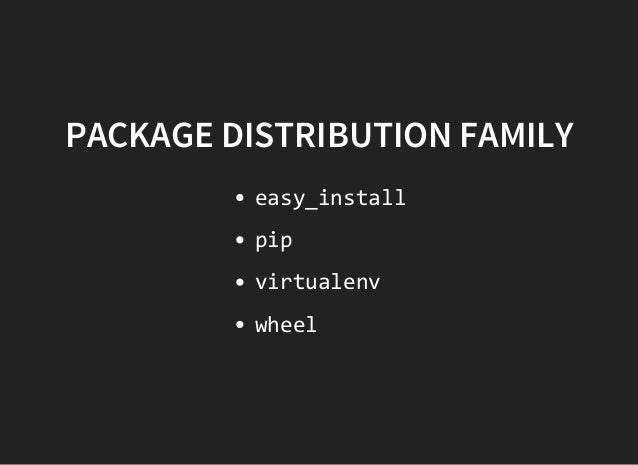
- #CONDA PYTHON VERSION CHANGE HOW TO#
- #CONDA PYTHON VERSION CHANGE INSTALL#
- #CONDA PYTHON VERSION CHANGE FREE#
- #CONDA PYTHON VERSION CHANGE MAC#
You should see quite the list of additional packages and dependencies. Let’s type that and press enter in our conda command prompt.
#CONDA PYTHON VERSION CHANGE INSTALL#
On, we can find that the command to use is conda install -c open3d-admin open3d You can press y to install the extra packages. You can now type the following in your conda command prompt, and conda will look for all the required wheels and binaries for scikit-learn to run properly, in your current environment and on Python 3.7.2.

Let’s look for Scikit, and we can easily find out that the command we are looking for is conda install scikit-learn It will still install the package, using pip this time, but as part of your Anaconda environment. Note: pip does come with Anaconda, if a package is missing from the Anaconda package repository, you can still use pip with the more traditional pip install packagename. But a good source to find packages, package names and versions is to go to the central repository on Most of the time, typing conda install packagename will work.
#CONDA PYTHON VERSION CHANGE HOW TO#
Let’s go through the steps on how to install those packages. The second one is open3d, which was introduced by Darien Brito recently, in his Kinect Azure Point Cloud merger.

A recent question in the forum made me go through these exact same steps to debug a user issue, and it was extremely easy to get scikit up and running in TouchDesigner with conda. You should now see at the front of the line (td-demo) which means you are in your new environment.įor the sake of this tutorial, we are going to install 2 main packages. Where activate is the action and td-demo the environment we want to move to. You’ll see the following lines (or similar) printing in the command prompt.Īs it is stated in the screenshot above, you can now use the command conda activate td-demo to move to this newly created environment. Once you type the command, press enter, it might take a little while. And you want to avoid messing with your TouchDesigner local python installation or using a conda environment with a Python version that doesn’t match TouchDesigner. This is quite important because environments/environment management is one of the great features of Anaconda. It helps me avoid using an environment for, let’s say, Tensorflow, and using that same environment in the td- context w/ a bunch of other packages that might cause issues with a side project or just be confusing. I like to name my TouchDesigner environments with “td-” since I work a lot with Anaconda, sometimes outside of the TouchDesigner context. Python= - to force a python install in the version matching TouchDesigner, 3.7.2 in our case n - for the name of the environment followed by your new environment name, with no space, here “td-demo” Now, go back to the conda command prompt and type:Ĭonda - the shortcut/context for AnacondaĬreate - self-explanatory, to create an environment It’s a pretty clean environment.įirst, head to the Miniconda documentation page or the Anaconda (full installer) page. For the sake of that example, we will do a vanilla install of the latest version of Anaconda (Windows 64-bit ) in a fairly vanilla environment, meaning: no local Python installation, no changes, no previous installation of Anaconda or other things. TouchDesigner 2021.13610, the latest stable releaseĪnaconda install is Anaconda3-2021.05-Windows-x86_64 Python 3.8 Win 10 64-bit It is a small, bootstrap version of Anaconda that includes only conda, Python, the packages they depend on, and a small number of other useful packages, including pip, zlib and a few others.įor the sake of this tutorial, at the time of writing (06 16 2021), the version used are:
#CONDA PYTHON VERSION CHANGE FREE#
Miniconda is a free minimal installer for conda. Conda is written entirely in Python, and is BSD licensed open source.Īs per What is the difference between Anaconda and Miniconda? Conda makes environments first-class citizens, making it easy to create independent environments even for C libraries. It is the package manager used by Anaconda installations, but it may be used for other systems as well. What is Conda / Anaconda?Ĭonda is a cross-platform, language-agnostic binary package manager.
#CONDA PYTHON VERSION CHANGE MAC#
Important: This article was not tested on Mac and is written from a Windows user perspective. While you should not consider the following example the ultimate solution, it saved me quite a few times and Anaconda is a nice tool to use even outside of the TouchDesigner context.

It has been quite a few times that I see on the Derivative forum or on social networks, cases where users are struggling with third party Python libraries / packages integration in TouchDesigner. Bananaconda - This amazing article picture is brought to you by /user/DCLanger Anaconda - Managing python environments and 3rd-party libraries in TouchDesigner


 0 kommentar(er)
0 kommentar(er)
